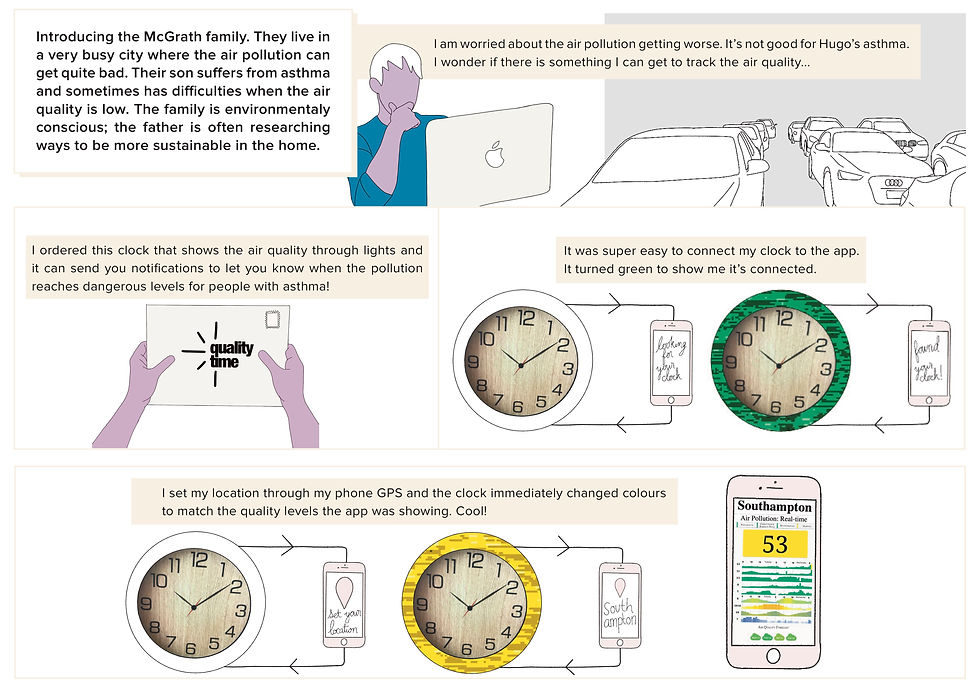012 - MOSS RESEARCH
- tiffanybachelet
- Feb 21, 2020
- 2 min read
Updated: May 4, 2020
From the conversation I had with Prof Clement Seeballuck, I researched into moss. We spoke about C02 absorbing moss, specifically sphagnum. A quick idea was to create graduation caps covered in this bio material, which would make your day carbon neutral (if you made the effort to reduce your footprint for the rest of the day).
We wondered how many people would need to wear this moss cap, in order to make the graduation ceremony completely carbon neutral.
Sphagnum Moss :
Sphagnum mosses are the amazingly multi-coloured living carpets of moss found in wet places like peat bogs, marshland, heath and moorland. When seen up close, they are very beautiful, but they also play a very important role in the creation of peat bogs: they hold water in their spongy forms long after the surrounding soil has dried out - more than eight times their own weight in water! In this way, they provide essential nutrients to the soil and help to prevent the decay of dead plant material which gets compressed over hundreds of years to form peat. Peatlands are the most efficient carbon sink on the planet. They have been used globally as an indicator of climate change.
“Sphagnum Moss is sensitive to changes in air quality. About 8% of the UK is covered with blanket bog peat moorland. In the last 200 years, much of the living Sphagnum carpet has been killed. Firstly, by pollution from the industrial revolution and more recently by government incentivised programmes to drain and manage moorland to make it more suitable for grazing and game management”
There are at least ten species of Sphagnum moss in the UK, which are very difficult to tell apart. These species range in colour from red and pink, to orange and green. Sphagnum moss plants are very small, an individual plant growing to about 5cm tall, but they grow together in close proximity forming spongy carpets; ‘hummocks’ are even created when the mosses grow together to form large mounds up to a meter high.
"Researchers have developed a method that uses mosses to rapidly and cheaply detect sulfur dioxide, a common pollutant from burning fossil fuels. The method uses a camera to monitor the change of moss leaves from green toward yellow that is triggered by sulfur dioxide within 10 seconds."
Other uses for Moss...
WHO estimates that 7 million people die premature deaths from air pollution; it’s one of the largest environmental health risks in the world.
London has a new bench with the ability to absorb as much pollution as a small forest. It absorbs as much as 275 trees would in one percent of the space.
The moss on this bench filters out particulate matter, absorbs c02 and removes soot, dirt and other pollutants from the air. “Proambiente Institute” in Italy did the research for the technology within the bench – as it is also connected to the internet. This provides the public with smart measurements about pollution data, air temperature, water quality and soil humidity. It currently costs around $27000.
References :




Comments